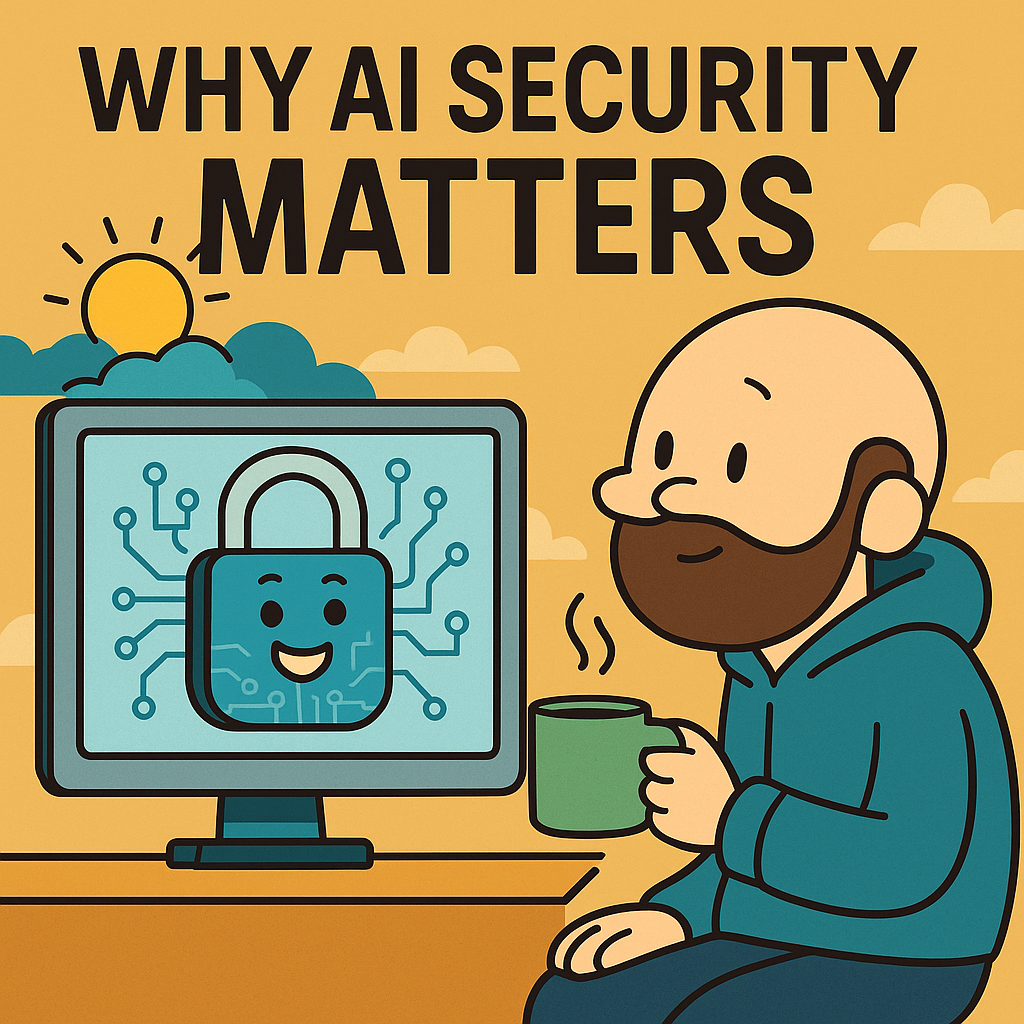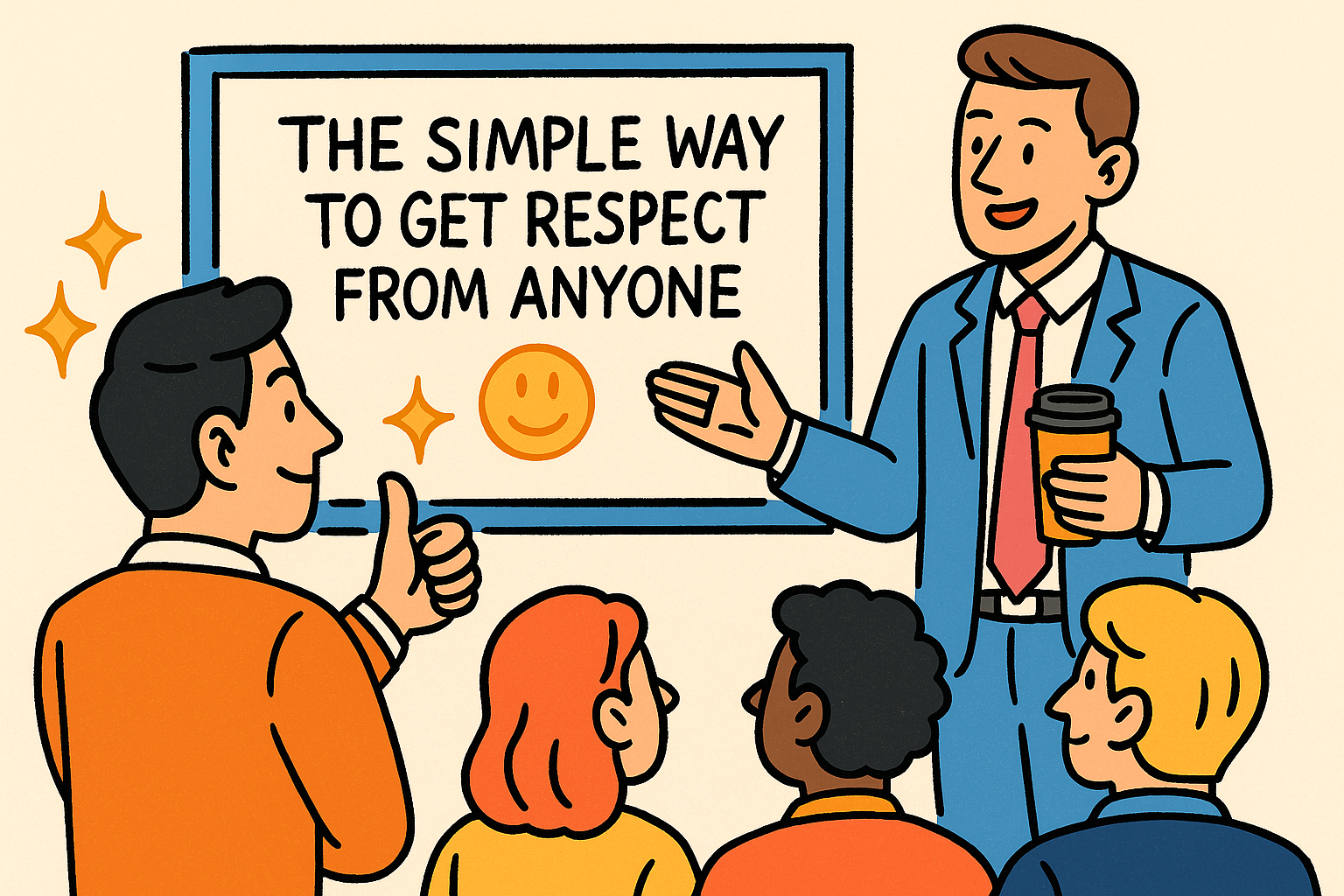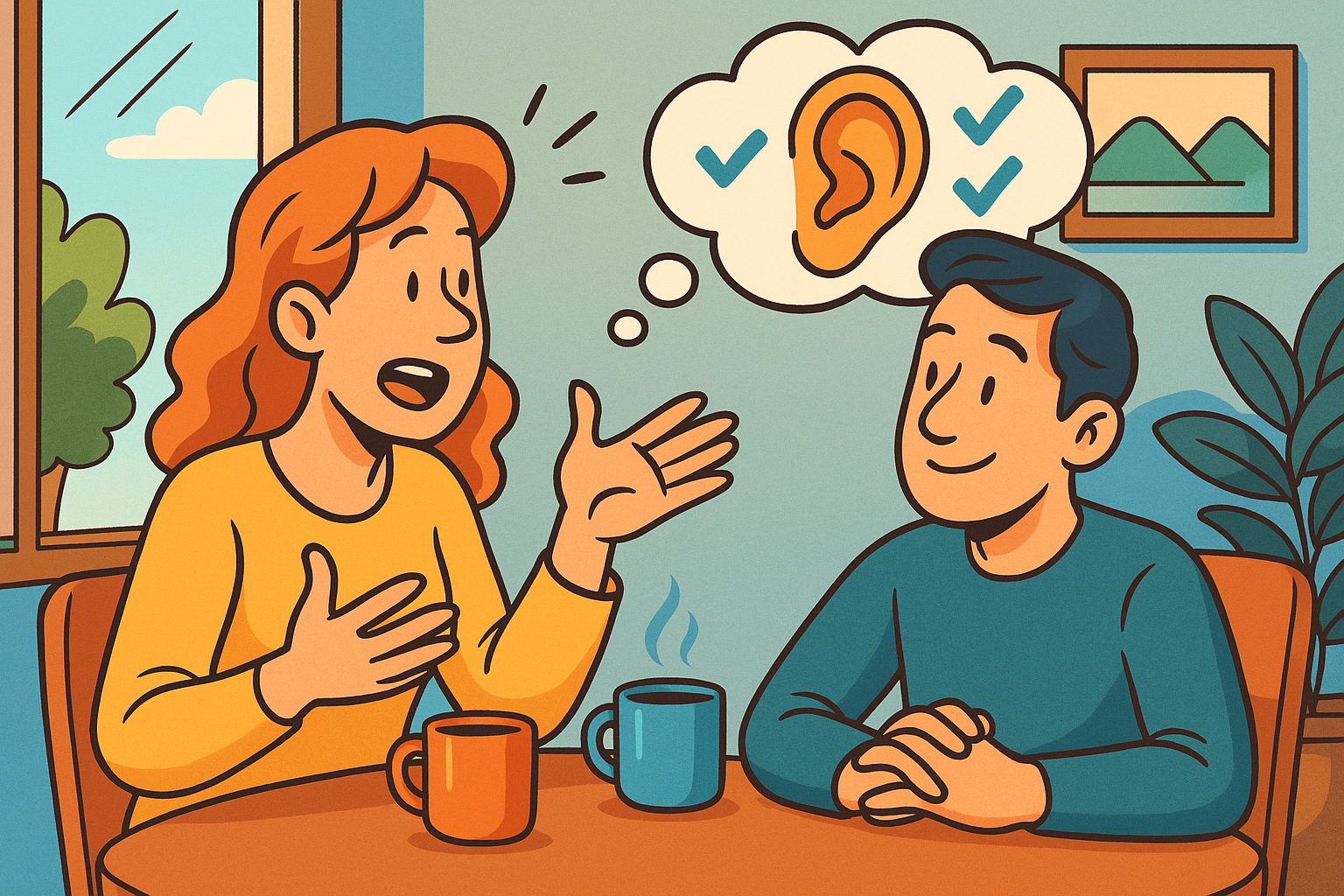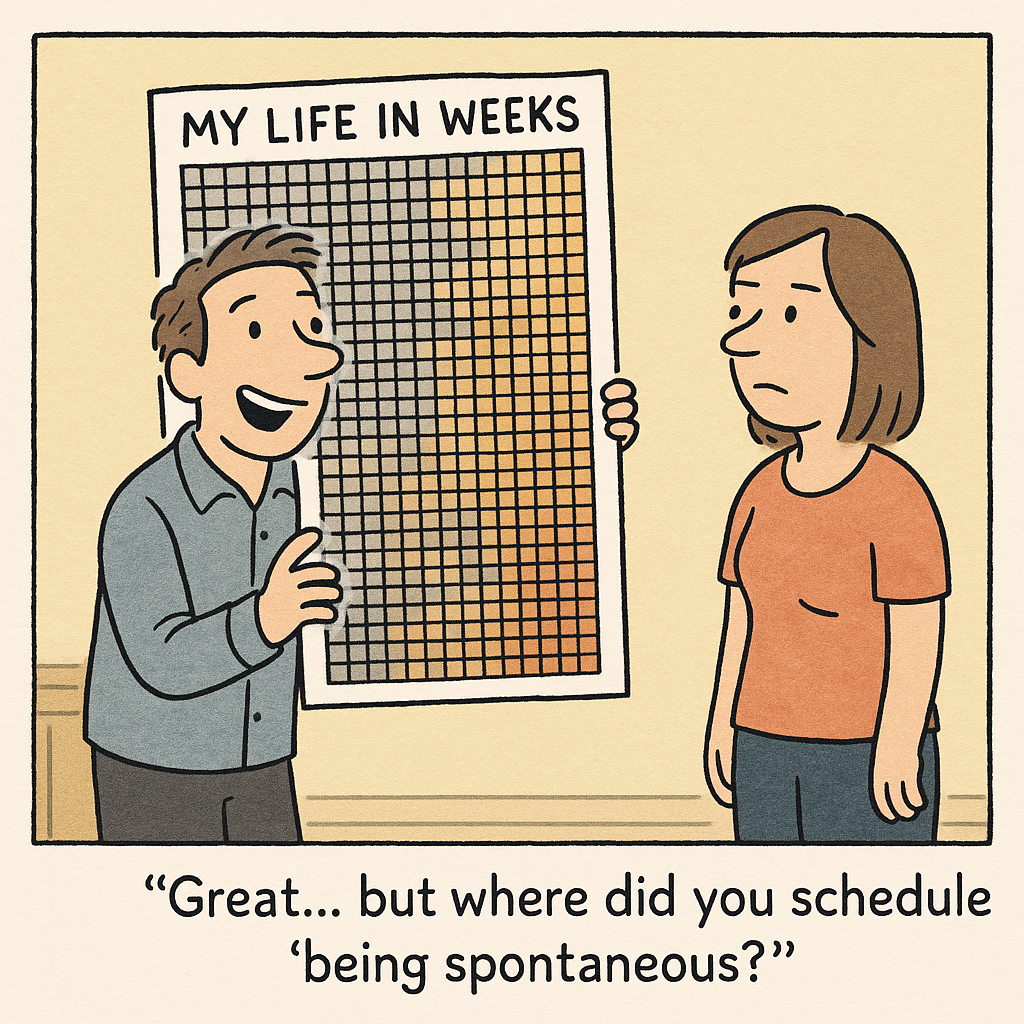
TECH-MUSING.COM
AI, Security, Life Lessons & Creative Thinking
Latest Posts
-

Why AI Security Matters (Even When You’re “Just” Shipping Features)
Modern AI systems aren’t just clever autocomplete—they’re permissioned software that can browse, call tools, touch data, and influence users. That power creates new attack surfaces and old risks in new clothes. If you wouldn’t deploy a web app without auth, logging, and input validation, don’t deploy an AI system without guardrails, monitoring, and a response…
-

AI Security
Artificial Intelligence is no longer just a futuristic idea—it’s powering the apps we use every day, guiding business decisions, and shaping the way we work. But with this new power comes new risk. AI systems don’t just fail in predictable ways; they can be manipulated, misused, or exploited in ways that traditional software never faced.…
-

The Simple Way To Get Respect From Anyone
Lessons from Jocko Willink, Sun Tzu, and Napoleon There’s a powerful myth in leadership that respect comes from fear, rank, or dominance. Jocko Willink—a retired Navy SEAL, bestselling author, and leadership consultant—completely destroys that idea. His message is simple but profound: “If you want respect, give respect.”“Discipline equals freedom.”And most importantly: “Take ownership of everything…
-

🧠 The Power of Listening Without Prejudgment
Largely based on https://www.youtube.com/watch?v=aaefv2ub-gc Mandela learned this from his tribal elders growing up. His father, a tribal chief, would meet with other elders in a circle. Everyone would speak. His father, the leader, would listen to every person, carefully, silently—and only speak at the end. This left a deep impression on Mandela. Why? 🛠️ What…
-

Seeing Life in Weeks: A Wake-Up Call You Didn’t Know You Needed
For some reason i really love this page. https://waitbutwhy.com/2014/05/life-weeks.html What if I told you your life could fit neatly into a grid of tiny boxes? That’s exactly what Tim Urban did in his unforgettable post, The Tail End. He visualized life not in years, but in weeks. The result is a sobering, profound, and wildly…